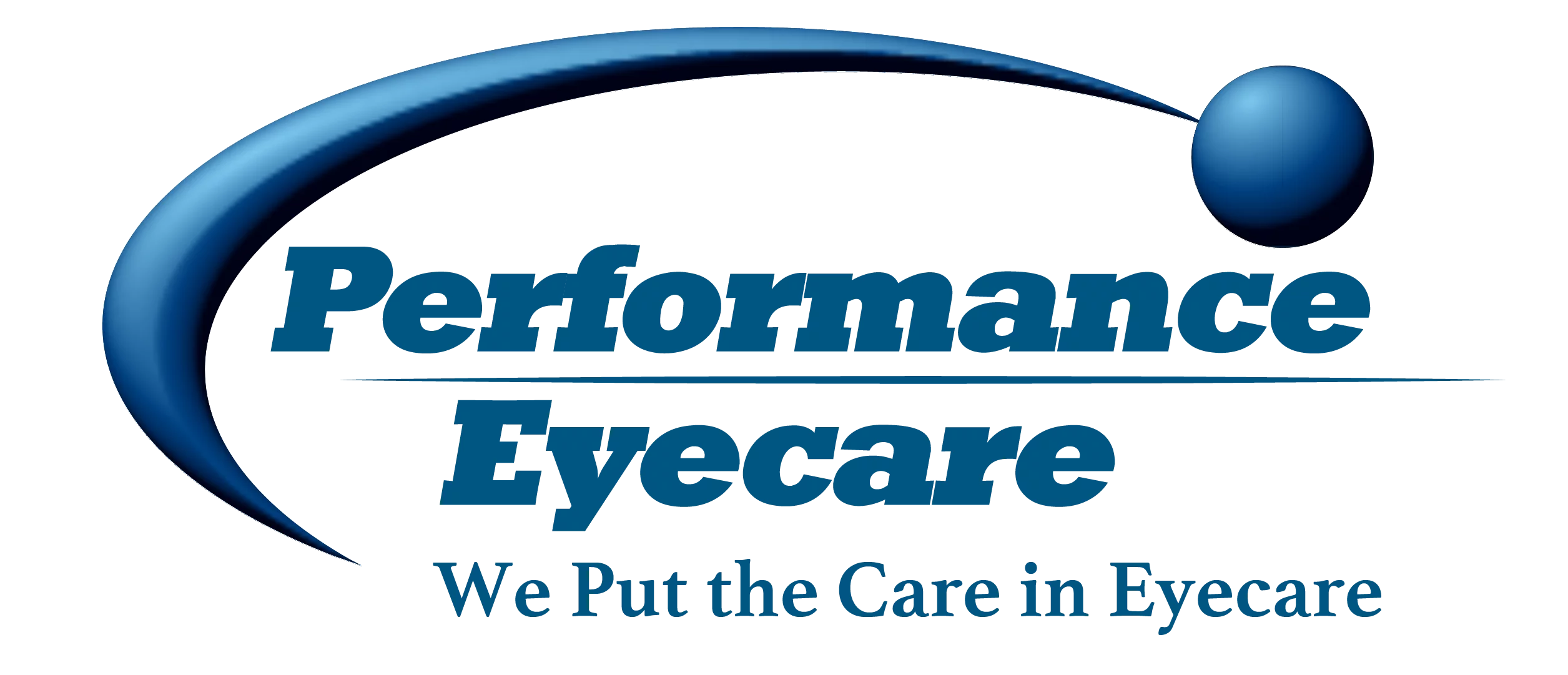Why Plastic Quality Matters
Did you know that the quality of the plastic used in your eyeglasses can impact their lifespan and durability? At Performance Eyecare, we source only high-quality plastics to ensure that your glasses last as long as possible. Plus, we offer a 1-year warranty on all of our eyeglasses for your peace of mind. In this … Read more
